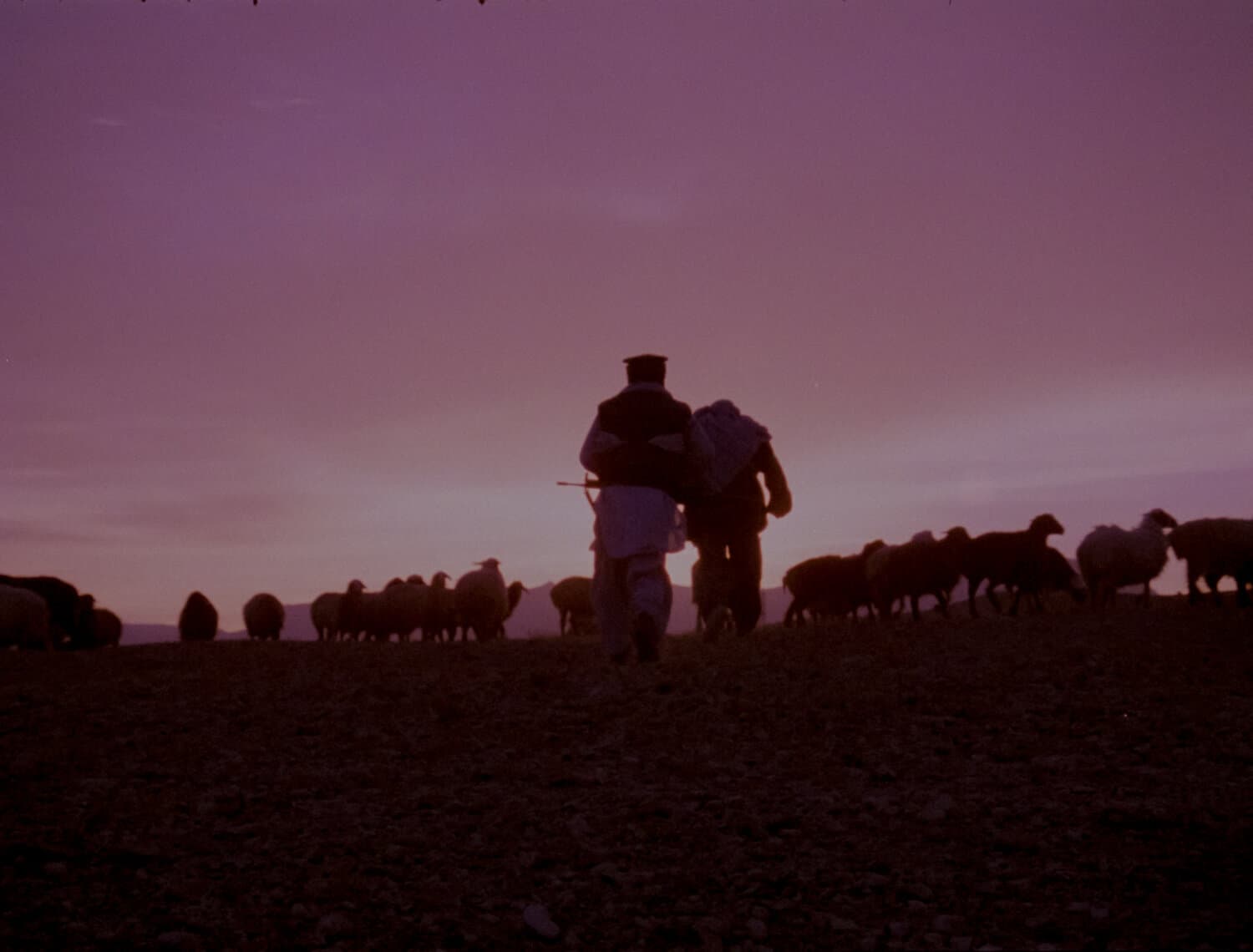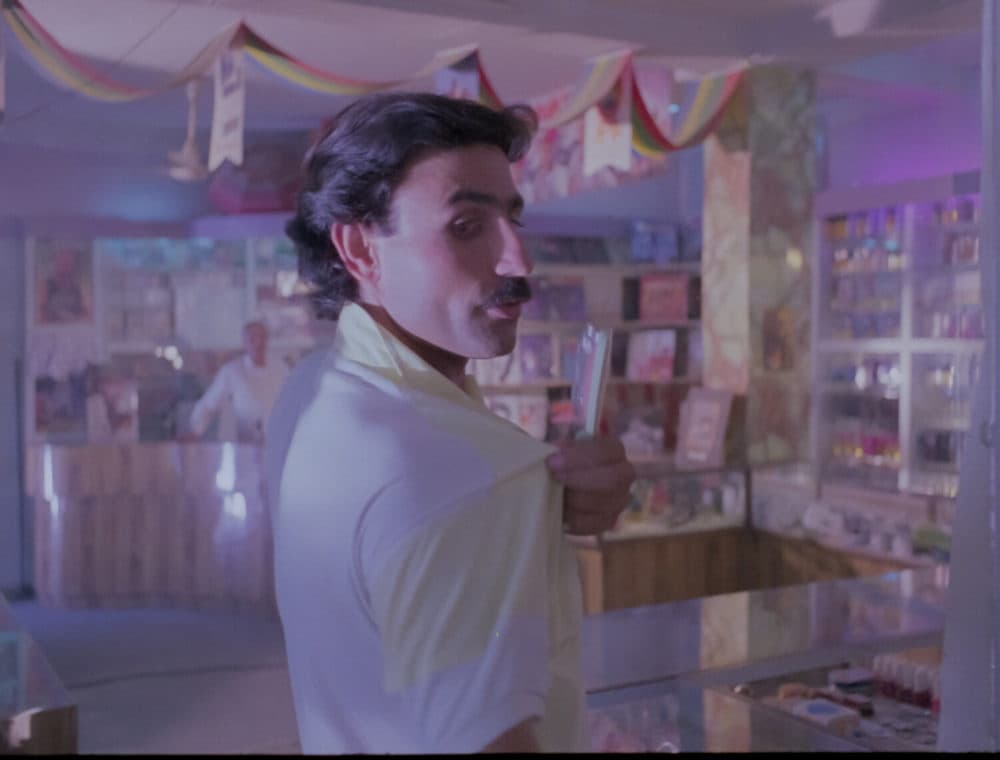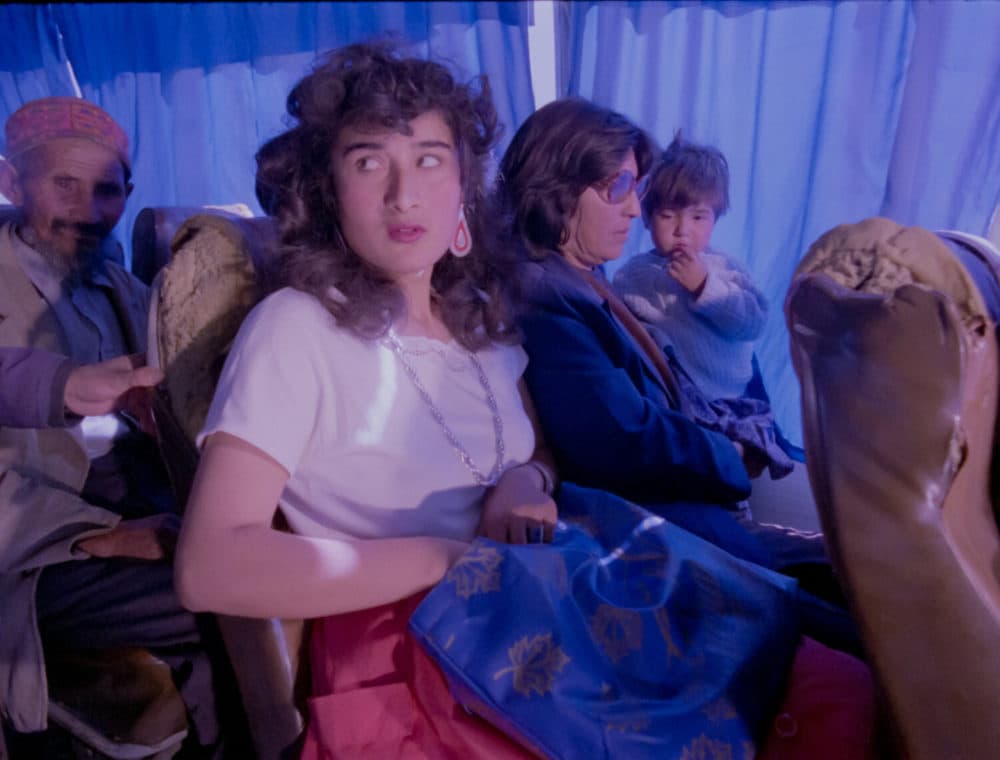Advertisement
Review
Documentary 'What We Left Unfinished' Explores Brief Heyday Of Afghan Movie Industry

As an avid armchair tourist who doesn’t much like going anywhere, my favorite way to take the “other” out of other countries is by experiencing their cinema. Watching the ways in which people share their stories and dreams on a silver screen can make distant cultures feel less foreign, the common language of film communicating our shared humanity. For example, I doubt anyone who has spent much time with the movies of Abbas Kiarostami or the Iranian New Wave can easily buy into the cartoonishly evil depiction of its people pushed by pundits and politicians singing “Bomb bomb Iran.” And since everybody seems to be an expert on Afghanistan all of the sudden, now is probably the perfect time to sit down with “What We Left Unfinished,” director Mariam Ghani’s revelatory documentary about the brief heyday of the Afghan movie industry that’s currently available to stream via the Brattlite Virtual Cinema.
Ghani, a Brooklyn-based installation artist whose father served as president of Afghanistan until about a week ago, chronicles the heady years from 1978 to 1992, when Communist regimes were investing heavily in propaganda movies, offering limitless resources to up and coming artists. In present-day interviews, the actors and filmmakers wax rhapsodic about five camera crews or more departing the Kabul offices of a company called Afghan Film on any given day, cranking out pictures at an incredible clip. Most of the movies, they concede, were fairly uninspired, instructed by party leaders to depict an ideal Afghan communist republic that Ghani assures us “only ever existed on film.” When the Taliban took over, they burned every movie they could find. An estimated 300 were destroyed.

“What We Left Unfinished” focuses on five never-completed films, remnants of which were recently found locked away in the old Afghan Film archives and restored by Ghani and company to form the foundation of this fascinating historical footnote. Mostly presented without sound, these clips provide tantalizing glimpses of a strikingly modern, practically cosmopolitan Afghanistan that’s a stark contrast to the ruins we’ve been seeing on the news for the past two decades. The movies have an endearingly amateurish quality, while the filmmakers provide hair-raising anecdotes about their productions.
The wildest of these is “The April Revolution,” commissioned by General Secretary of the People’s Democratic Party Hafizullah Amin, who briefly ruled the country after assassinating his predecessor during a coup. Intended as a blockbuster chronicle of his rise to power, the film features the usurper starring as himself in some grandiose, action-packed reenactments — the historical inaccuracies of which are wryly noted by Ghani in the title cards. But alas, the picture had to be scrapped mid-production when Amin was murdered by the incoming Soviet regime.
The other four films featured here aren’t as overtly political, but the tales of their making are no less outlandish. Without the infrastructure of an existing industry, there were no experienced stuntmen or fight coordinators to hire. Ditto for explosives experts, so all these departments were winging it in sometimes jaw-droppingly dangerous ways. The army provided the producers with extensive weaponry, but blank cartridges were in short supply. Shootouts were filmed with live ammunition, which led to a few fatal on-set accidents, but also proved invaluable whenever the sets were attacked by mujahideen forces.

The filmmakers chafe at the suggestion their pictures were purely propaganda. Besides, as far as state sponsorship goes, it’s worth remembering how Hollywood has a long history of collaborating with the U.S. military, and that studios like Disney and Marvel grant script approval to the Department of Defense in exchange for access and equipment. Furthermore, most big-budget movies these days are edited according to the perceived preferences of Chinese Communist Party censors, so as not to jeopardize a lucrative overseas market. (This is why we’re currently suffering through the most boringly puritanical period of mainstream American cinema since the Hays Code.)
What’s most moving about this picture is the commitment of these Afghan artists, undaunted even at risk to life and limb. An actress named Yasamin Yarmal is brutally frank about the plight of performers in such a scarily religious society, where she’s considered “no better than a prostitute.” One director discusses discovering the reels of a film he thought he’d lost 25 years ago the way one would speak of being reunited with a long lost love. It’s this passion with which these people ache to express themselves that makes their highly specific circumstances feel universal. “What We Left Unfinished” is about our fundamental yearning to create, and to have your vision seen.
